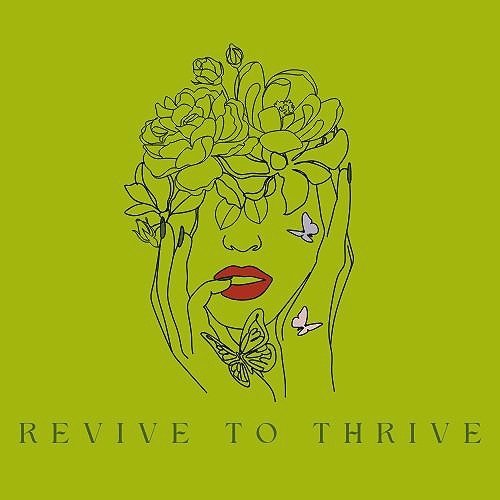Welcome to the R.E.S.E.T.
Restore Energy, Strengthen Resilience, and Reclaim Joy
The R.E.S.E.T. model is a structured framework designed specifically for burned-out teachers who are overwhelmed, under supported, and seeking sustainable change without leaving the profession.
Framework Overview
Core Phases of the R.E.S.E.T. Model include:
Recognize & Reflect—Identify what’s draining your energy and joy in teaching.
Emotional & Mental Resilience—Strengthen your mindset, enhance mental clarity, and gain tools for emotional regulation.
Self-Care & Physical Well-Being—Restore your energy, support your nervous system, and optimize your health.
Empowered Boundaries & Energy Protection—Manage and protect your time, prioritize what matters, and reduce overwhelm.
Transform & Thrive—Reconnect to your values and vision, create a roadmap to thrive, sustain change and generate long-term resilience.
A Method for Your R.E.S.E.T.
1. Recognize & Reflect
Uncover the personal, professional, and systemic contributors to your burnout. Develop an awareness of burnout symptoms, patterns, triggers, and personal stressors. Key activities may include a burnout self-assessment, guided reflections, journaling, identification of energy drainers versus energy restorers, and defining what success looks and feels like for you inside the classroom and at home.
Core Benefits:
Gain clarity on what’s really fueling your burnout beyond surface-level stress
Develop an empowered mindset to begin change with awareness and intention
Experience emotional validation and relief from “it’s not just me”
Build a foundation for targeted action and secure your ability to target root causes of burnout, not just the symptoms
2. Emotional & Mental Resilience
Strengthen your inner resources to respond to stress and reclaim control over your mindset. Enhance your personal SEL toolkit with essential exercises you can use to experience emotional regulation, mental clarity, and stress relief. Useful exercises may include mindfulness and meditation practices, cognitive reframing to support shifting away from negative self-talk, emotional release techniques, and the creation of a personal “calm plan” for navigating stressful situations. Develop responses, not reactions.
Core Benefits:
Build healthier emotional coping skills and inner stability needed in challenging school environments
Uproot limiting beliefs, reduce negative self-talk, and develop self-compassion
Become less reactive and learn to respond to student behavior and systemic stressors
Experience greater calm, clarity, and emotional balance
Renew your emotional capacity for teaching and connection
3. Self-Care & Physical Well-Being
Replenish depleted energy and regulate your stress response. Focus on rebuilding energy through rest, movement, and nourishment. Key focus areas may include improving sleep hygiene and rituals for deep rest as well as movement for stress release such as yoga, walking, and somatic exercises. Create a realistic “micro self-care” routine tailored to a teacher schedule and your needs. Additional explorations may include food journaling for improved nourishment, energy, and mood as well as digital detox strategies.
Core Benefits:
Reconnect with your body’s needs and signals
Replenish physical and mental energy through sustainable self-care practices that fit for you
Improve sleep, nutrition, movement, and body awareness
Reduce physical symptoms of burnout (e.g., headaches, fatigue, tension, irritability)
4. Empowered Boundaries & Energy Protection
Strengthen your personal and professional boundaries and protect your time, energy, and emotional well-being. Essential activities may include boundary setting scripts, role-playing, time blocking for energy management (not just productivity), practical exercises to practice saying no without guilt while also identifying and reducing emotional labor.
Core Benefits:
Learn to say no without guilt and advocate for your needs
Create a clearer separation between work and your personal life
Reclaim control of your schedule, protect your time and energy
Experience more peace, balance, and presence in your daily life
5. Transform & Thrive
In this final stage, the objective of Transform & Thrive is to implement long-term strategies for resilience, joy, and fulfillment. Reconnect to your purpose, possibility, and long-term vision. Critical tools of action may include developing a vision board or a future self exercise, crafting a sustainable plan for well-being, identifying core values and aligning choices. Shift your focus into gratitude and celebration for progress made.
Core Benefits:
Gain renewed clarity and direction
Redefine teaching on your terms
Align with your values and purpose to your personal and professional goals
Thrive with greater confidence in navigating future stress
Emerge renewed and empowered to choose your next chapter intentionally

